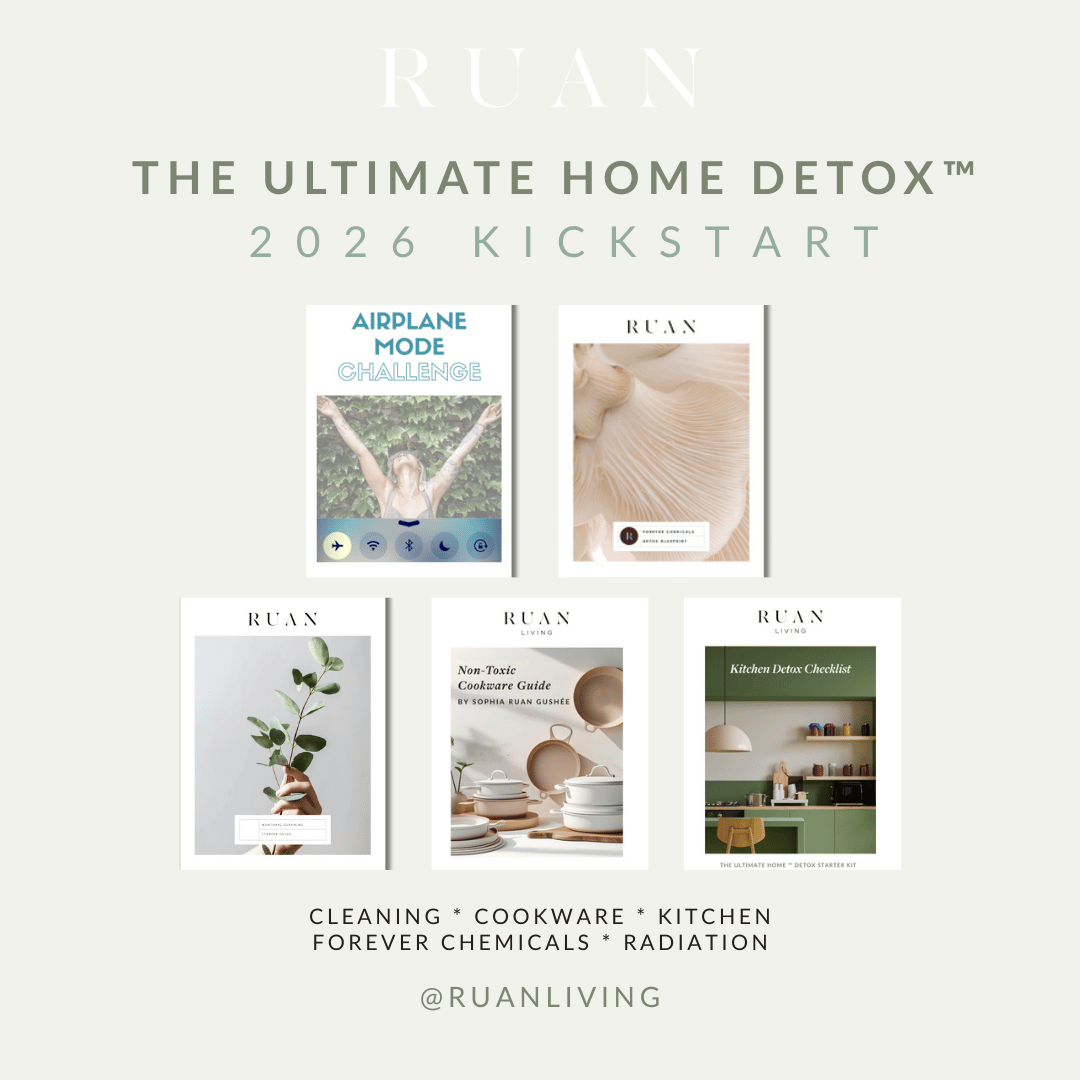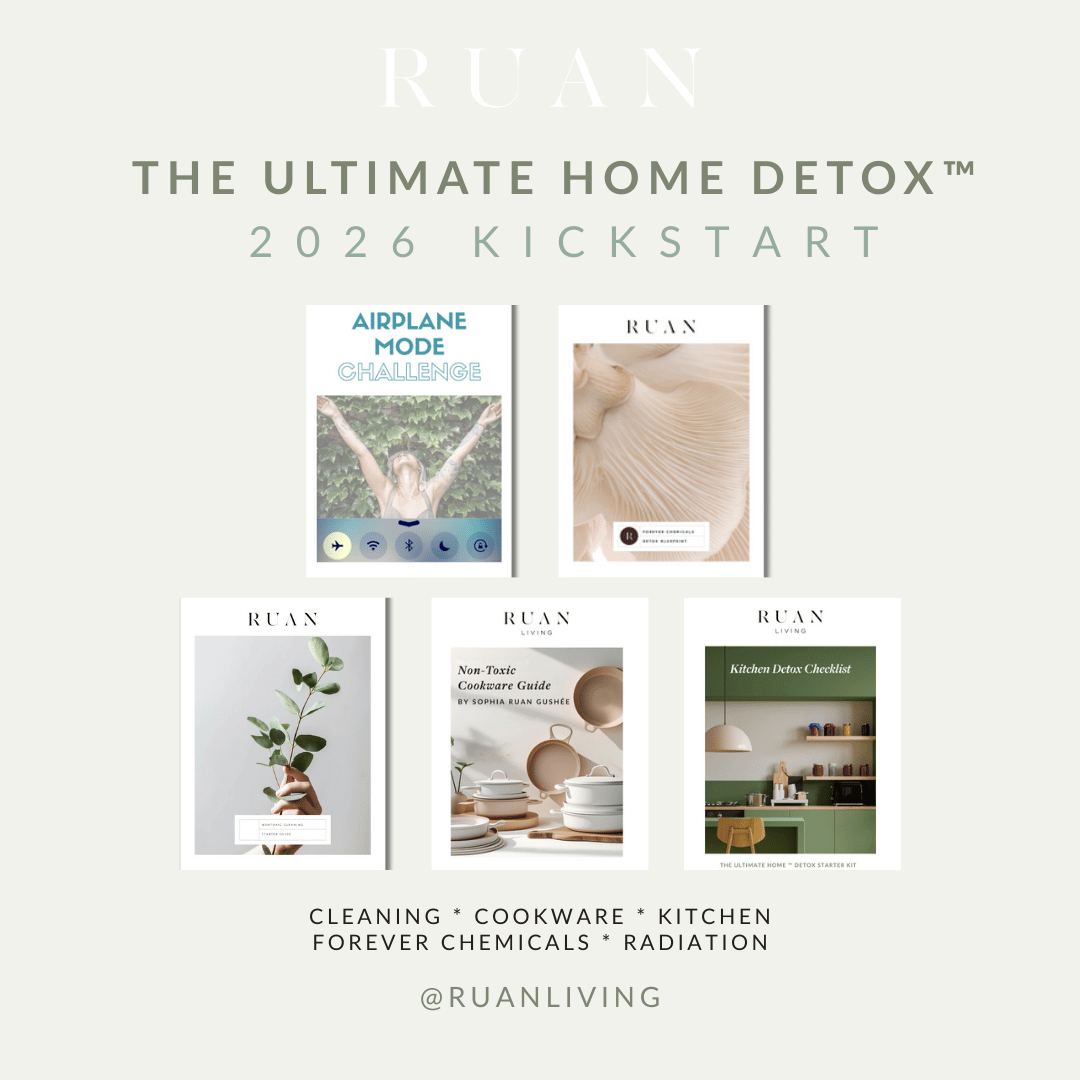
What Nontoxic Breast Pump Options Are Available?
Nov 10, 2018by editorial team
Moms will often breastfeed infants for positive health benefits.
According to the American Academy of Pediatrics, breastfeeding can protect infants against a variety of diseases and conditions, such as respiratory tract infection, diabetes, leukemia, childhood obesity and more.
However, chemicals found in breast pumps may be contributing to the same health conditions that moms are trying to avoid.
In this article, we’ll explore the chemicals found in conventional breast pumps, possible health effects and how to find a nontoxic breast pump.
What Are The Toxic Chemicals In Conventional Breast Pumps?
Breast pumps are typically made out of plastic.
The unit, tubing, and bottles (that you pump the breast milk into) are made of different types of plastic. For example, tubing is a softer plastic than bottles.
These plastics are often made of chemicals such as:
- BPA. Used to harden plastics, BPA (bisphenol A) has been a common chemical used in baby bottles that come with breast pump kits.
- BPA replacement chemicals. Replacement chemicals for BPA (such as bisphenol S, or BPS) is also used to harden plastics. In initial studies, these replacement chemicals have been found to have the same effects as BPA.
- Phthalates. Used for softening hard plastics, phthalates are often used in flexible tubing and pliable plastics such as those found in breast pump parts.
- PVC. PVC (polyvinyl chloride) is among the most toxic materials on the market. These plastics often have a number 3 stamped on them. It’s best to avoid PVC whenever possible.
How Do They Affect Babies?
Chemicals found in conventional breast pumps may contribute to long term and short term health effects.
Infants, babies, and children may be affected even more than adults due to their small size and developing bodies.
Here are a few of the possible health effects that chemicals in plastics may be contributing to:
- Cancer
- Liver and kidney abnormalities
- Birth defects, especially in the immature male reproductive system
- Developmental abnormalities
- Obesity
- Precocious puberty in girls
- Allergies
- Asthma
- Attention deficit hyperactivity disorder (ADHD)
- Autism
What Are The Nontoxic Breast Pump Options?
- Hand expressing milk. Using your hand to express milk eliminates the need for an electronic breast pump, and therefore, related plastics. Express milk into a glass container.
- Silicone parts. If using an electric breast pump, look for food grade silicone parts (shields, tubing).
- Glass. Glass is widely regarded as one of the healthiest materials. Look for breast pumps that pump into glass bottles. If you’re unable to find a breast pump kit with glass bottles, consider buying a pump kit that’s compatible with glass bottles.
- Stainless steel. Stainless steel can leach nickel and other metals into the breast milk, however, is generally accepted as safer than plastic.
- Specific plastics. If you choose plastic, look for polyethylene bottles which have the number 2, 4, or 5 stamped into them.
- Unscratched plastic. When using plastic, use equipment that is unscratched. Scratched plastic may leach more chemicals into breast milk (and other food and beverages).
- Glass canning jar. Wide mouth glass canning jars are a healthier storage option if you want to freeze breast milk after pumping. Be sure to leave room at the top for the liquid to expand during the freezing process.
Conclusion
Using plastic breast pumps may contribute to health conditions that moms are trying to avoid by breastfeeding their infants.
Consider choosing nontoxic breast pump or hand expressing breast milk.
For more tips on living toxic free, sign up for the monthly D-Tox newsletter here!


